Red orchids: varieties with a description and care
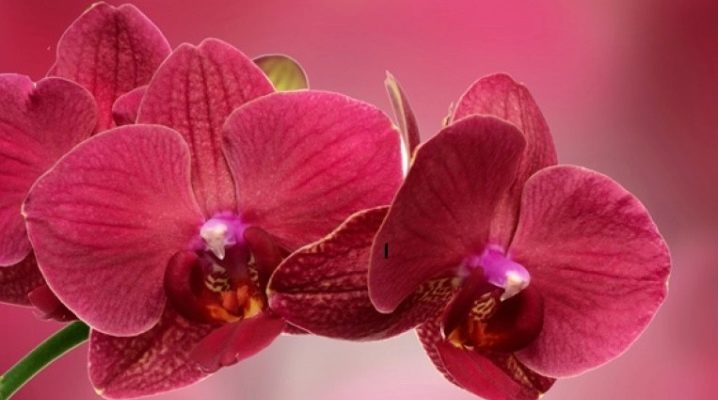
Orchid is a beautiful, sophisticated flower of sultry tropical thickets. Some call him the flower of happiness, the queen of all colors. Of all the diverse and luxurious species, the most memorable one can be distinguished - the scarlet or red orchid. Taking care and looking after her is not difficult at all, but there are certain details and subtleties.
Peculiarities
Scarlet orchids at home are better known as phalaenopsis. This exotic is easily adaptable to home conditions. The luxurious plant is monopodial. He has a neat elongated stem, strong leaves, bright green color. The leaves will retain their brightness and green color for a long time, then turn yellow and die off.
The number of inflorescences varies due to the conditions of detention. With proper care, an orchid can produce up to 40 inflorescences in one flowering season.
The flowers have a delicate pleasant aroma and over time can change shade from bright scarlet to dark red, and the petals themselves resemble the wings of a butterfly.
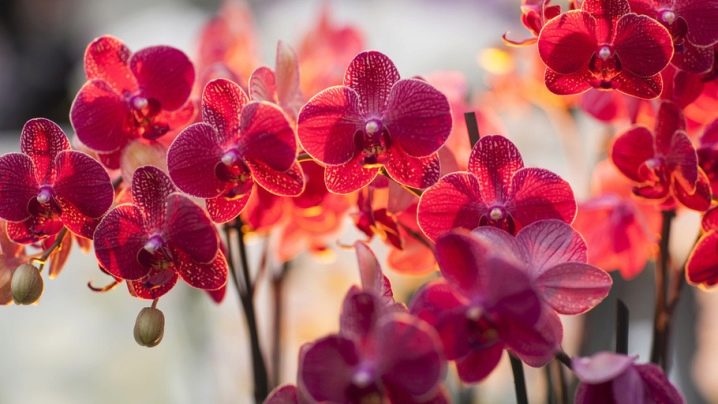
Views
Let's consider the most popular varieties.
Red peacock
This is the most famous and unique species. The flower is very delicate and delicate. Its yellow-red buds are very reminiscent of peacock feathers, which is why the flower got its name.
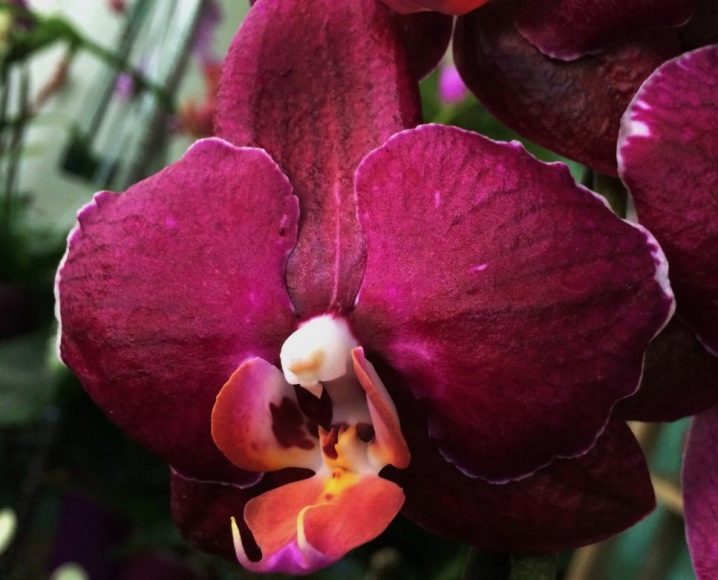
Red buddha
He belongs to the novelty-phalaenopsis. The flowers are not very large, but since there can be several dozen of them, they form a lush inflorescence.
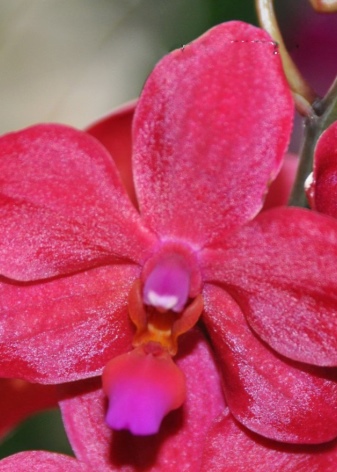
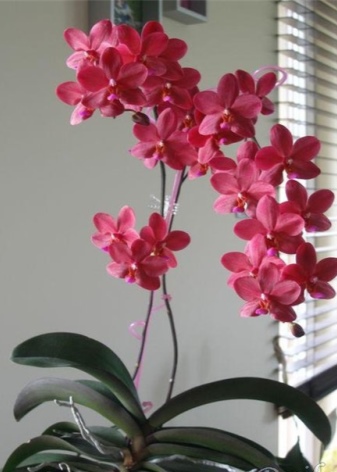
Red Dragon
This is a cross between piebald phalaenopsis. Its inflorescences are small, which gives the flower a special extravagance.

Red jaguar
This is a giant phalaenopsis monohybrid, has large large buds. This amazing beautiful plant is notable for its capricious care, for this reason it is rarely included in the collection.
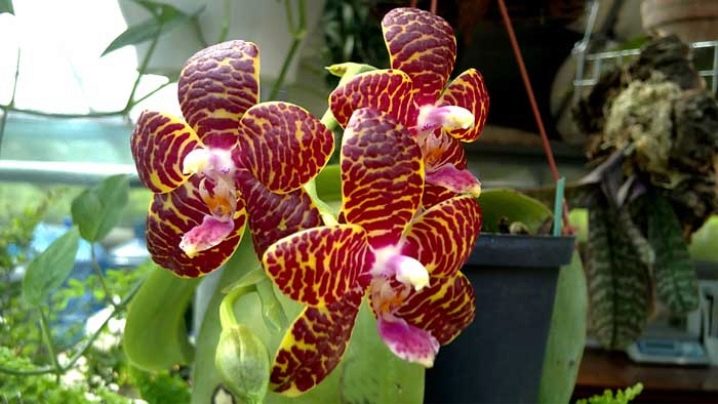
How to care?
Caring for a red orchid is simple, since it belongs to unpretentious plants, no different from caring for other varieties of orchids. There are some points, the observance of which will help to extend the time of beautiful flowering. This can be done by following these simple rules:
- create the correct temperature regime;
- maintain an optimal level of humidity;
- observe uniform watering and feeding;
- provide a sufficiently intense lighting regime;
- timely fertilization of plants;
- transplant if necessary;
- it is imperative that constant monitoring of the health of the orchid is necessary.
Pay particular attention to the roots. They should be emerald green. If they change color, then this is most likely a fungal-viral disease or the root system has been damaged, which can lead to the death of the flower.
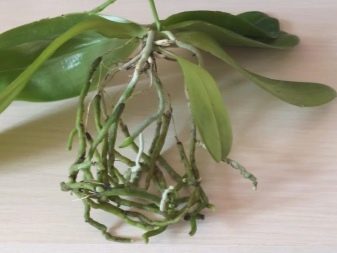
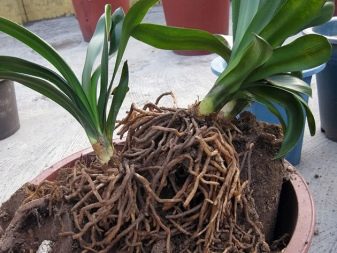
Lighting
This flower is a light-loving plant. Bright lighting is the norm for orchids. But you need to be wary of direct sunlight, as this can lead to leaf burns. How the leaves will change shape and color directly depends on the light.
The length of the correct daylight hours for orchids is 15 hours, so it is recommended to leave the flower pot on the windowsill. In this case, the leaves take on a bright emerald hue.
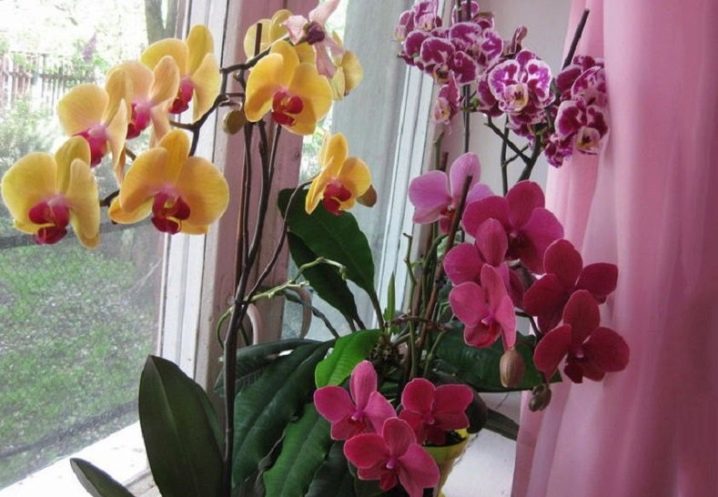
Humidity
The orchid loves moisture, so in warm weather it must be sprayed with warm water. It is also recommended to do this in winter, since the air is cold and dry at this time of the year. However, the orchid should not be sprayed during the flowering period.
The optimal time for spraying is morning and evening.

Watering
The shallow root system is the main difference of this plant. For to water the flower, it is recommended to use soft rainwaterto transfer the nutrients needed for the root system through the water.
If it is not possible to get rainwater, then it is better to use ordinary boiled water.
Another way to water the plant is to put the flower pot in a container filled with water for 20 minutes. Then place on a tray in order to remove excess liquid. It is recommended to water the plant once every 7 days.

Fertilization and nutrition
It is especially recommended to add vitamins during the period of vigorous growth. It is not recommended to fertilize the orchid immediately after purchase, as it must first adapt to new conditions. And for feeding the plant, it is better to use aqueous solutions, not tablets.
You need to buy these vitamins in specialized stores so as not to buy a fake and thereby not harm the plant. Experts advise fertilizing every 20 days.
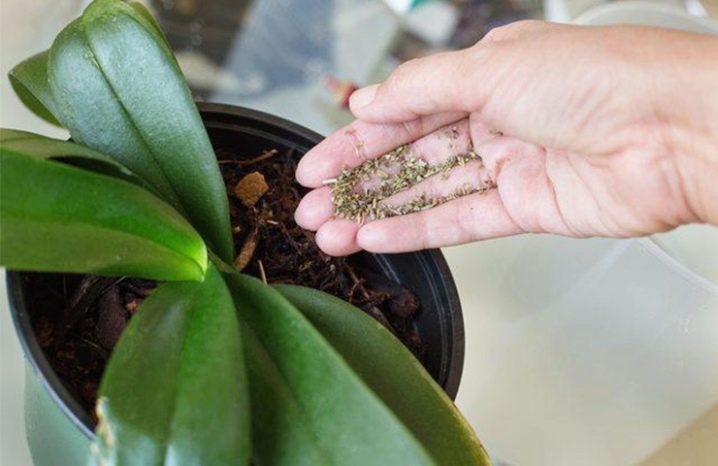
Transfer
A transplant is necessary in cases when:
- the flower does not hold tightly in the pot and falls;
- root tips appeared on the surface;
- the lower leaves began to crumble;
- the roots are tainted and rotting.
Optimally, it is better to transplant orchids every two years, but always after the end of flowering... If necessary, the transplant is done more often. When transplanting, a new container in size must each time be larger than the previous one. The composition of the substrate must include peat, charcoal and pebbles.
The most optimal transplanting method is the so-called plant transshipment.
The essence of this method is as follows. First, thoroughly moisten the soil to free the roots. Next, carefully remove the flower from the pot and place it in a new container, after which moderate watering is recommended.
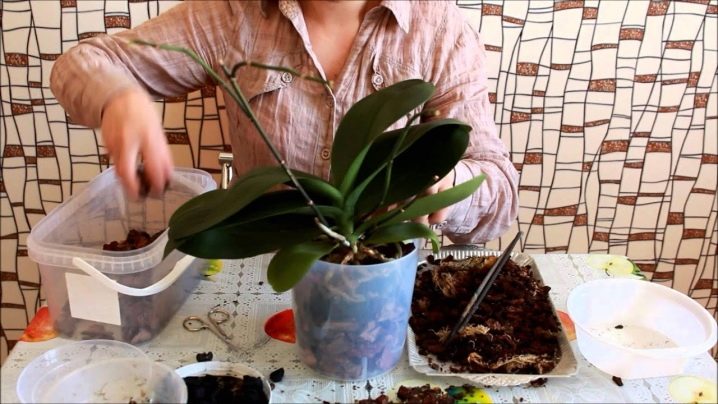
Pests and diseases
The red orchid can be susceptible to disease and pest attacks. A thin tick is considered one of the unwanted guests. Plaque and small black dots are signs of the vital activity of this pest. There are several ways to deal with a tick. The surest and simplest is to increase the humidity.
There are also fungal infections in the form of growths and spots. All this leads to loss of leaves and discoloration. To cure an orchid, you will have to transplant it.
The most dangerous parasites are aphids and whiteflies. In this case, in order to prevent the death of the plant, it is imperative to destroy the insect eggs.
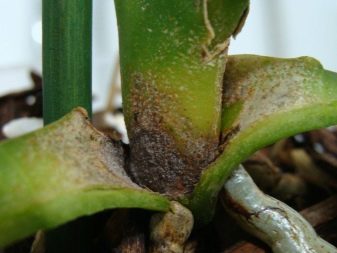
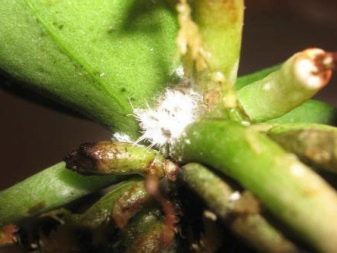
The red orchid has catchy interesting shades, so it is often used as a decor for home and summer cottages, and besides, it is quite unpretentious. In order for the plant to grow and develop well, you need to clearly and correctly adhere to all the recommendations from experienced florists. Long flowering and long life expectancy of the luxurious red orchid can then be guaranteed.
See below for proper orchid care.































The comment was sent successfully.